I had a very interesting discussion over coffee yesterday at TRON, a new Translational Oncology institute in Mainz, Germany. TRON is specialising in cancer immunology and genomics, or Immunomics. One of the things they are aiming to do is develop personalised cancer vaccines by finding imunogenic markers in tumours and using long RNA molecules to present these markers to T cells to activate and modulate the imune respsones.
I was giving a seminar about technology development in next-generation sequencing, during the day I spoke with several people about single-cell analysis.
A problem with analysing a single cell is you only get one chance to take a look at its molecular biology as we use destructive methods to assay the cells genome and transcriptome. Single-cell gene expression usually requires the use of RNA amplification methods with their own biases and this led the discussions to a question.
Is RNA expression limited by quantum mechanics and is their a fundamental limit on the accuracy with which the level of gene expression can be measured in its true biological context? Analysing a single cell means analysing the whole transcriptome as a snap-shot of a dynamic biological system. Our discussions went around the question “is the absolute measurement of any one gene to some extent meaningless, when asking questions about what that level of gene expression means in terms of biology for that cell?”
We discussed technical issues with single-cell gene expression analysis and both TRON and CRI are using the Fluidigm gene expression chips for this kind of analysis. However replicate numbers need to be high and analysis methods probably need to take into account variance in gene expression as much as mean expression levels and fold-changes.
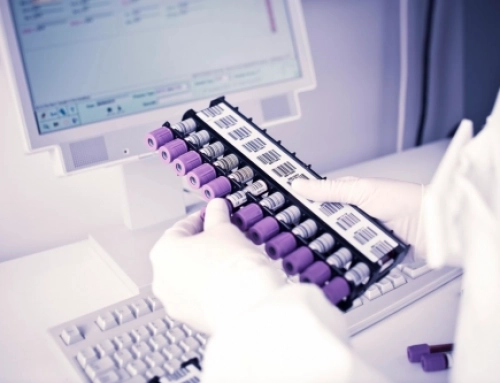
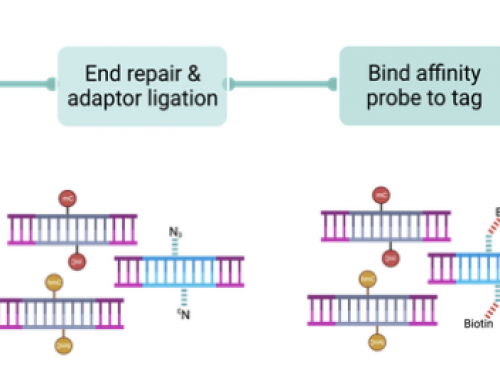
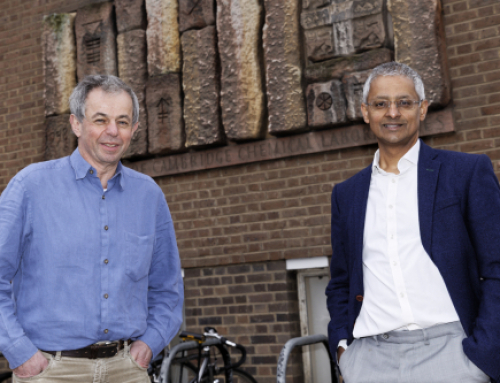
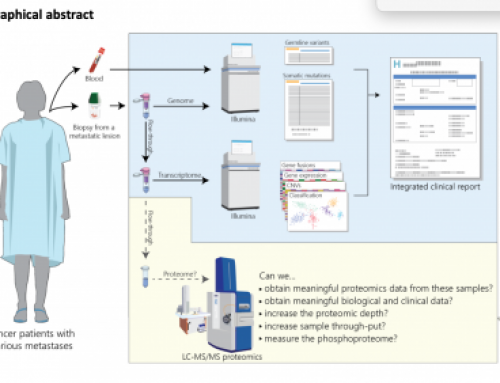
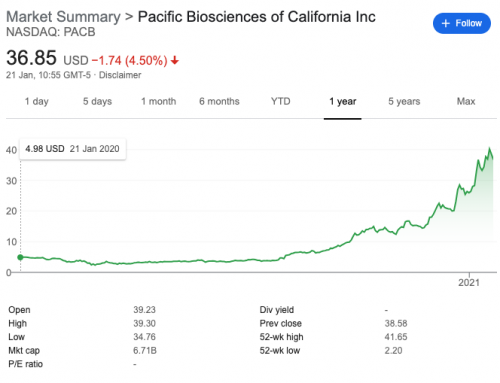




A shame I was on Holiday..
A quantum problem as "the observation alters the outcome"? If that is what you mean, then the answer is no. As you state yourself "we use destructive methods to assay the cells genome and transcriptome". Along these lines the early studies of human physiology were a quantum problem because one needed to cut the body open. We have long moved past that stage in physiology, it is only a matter of time before we do the same in single-cell analysis. The quantum problem, on the other hand, is believed to be fundamental, and no matter how cleaver we get we should not be able to work around it.